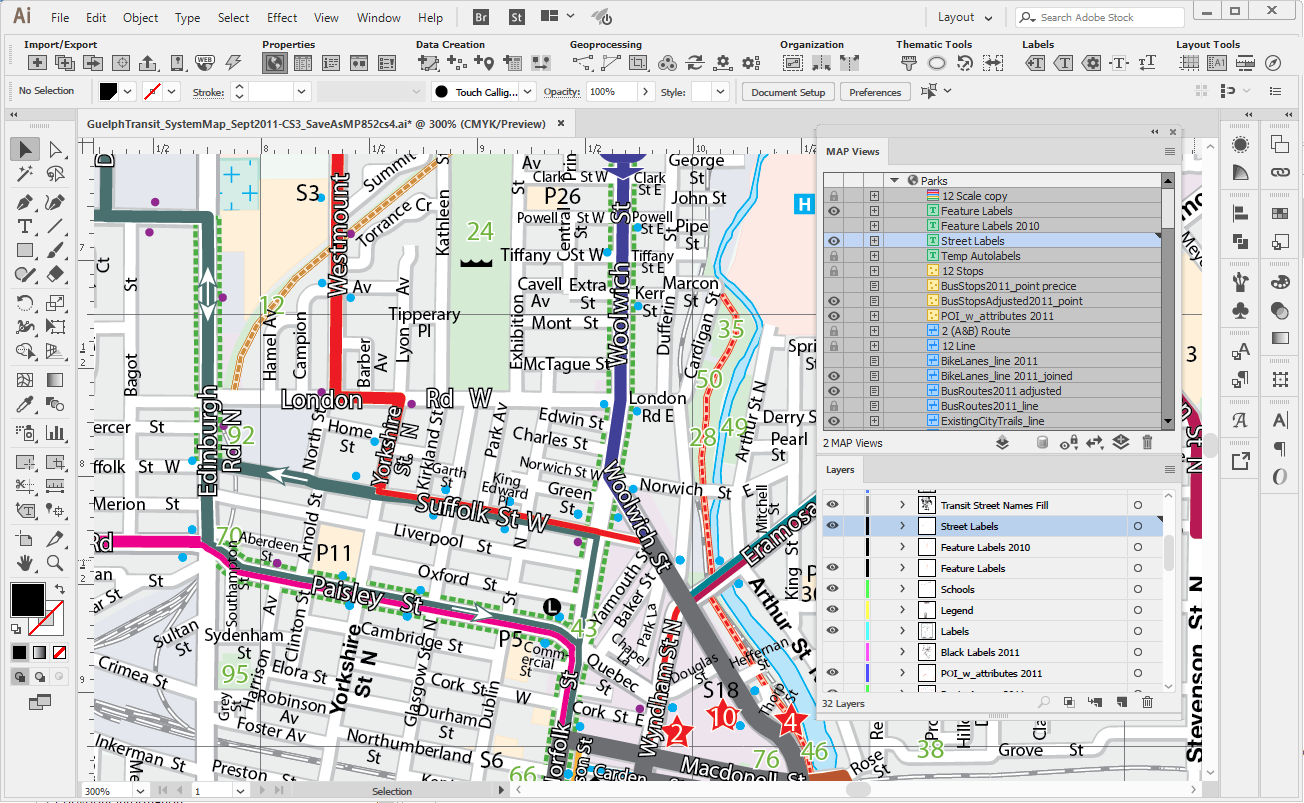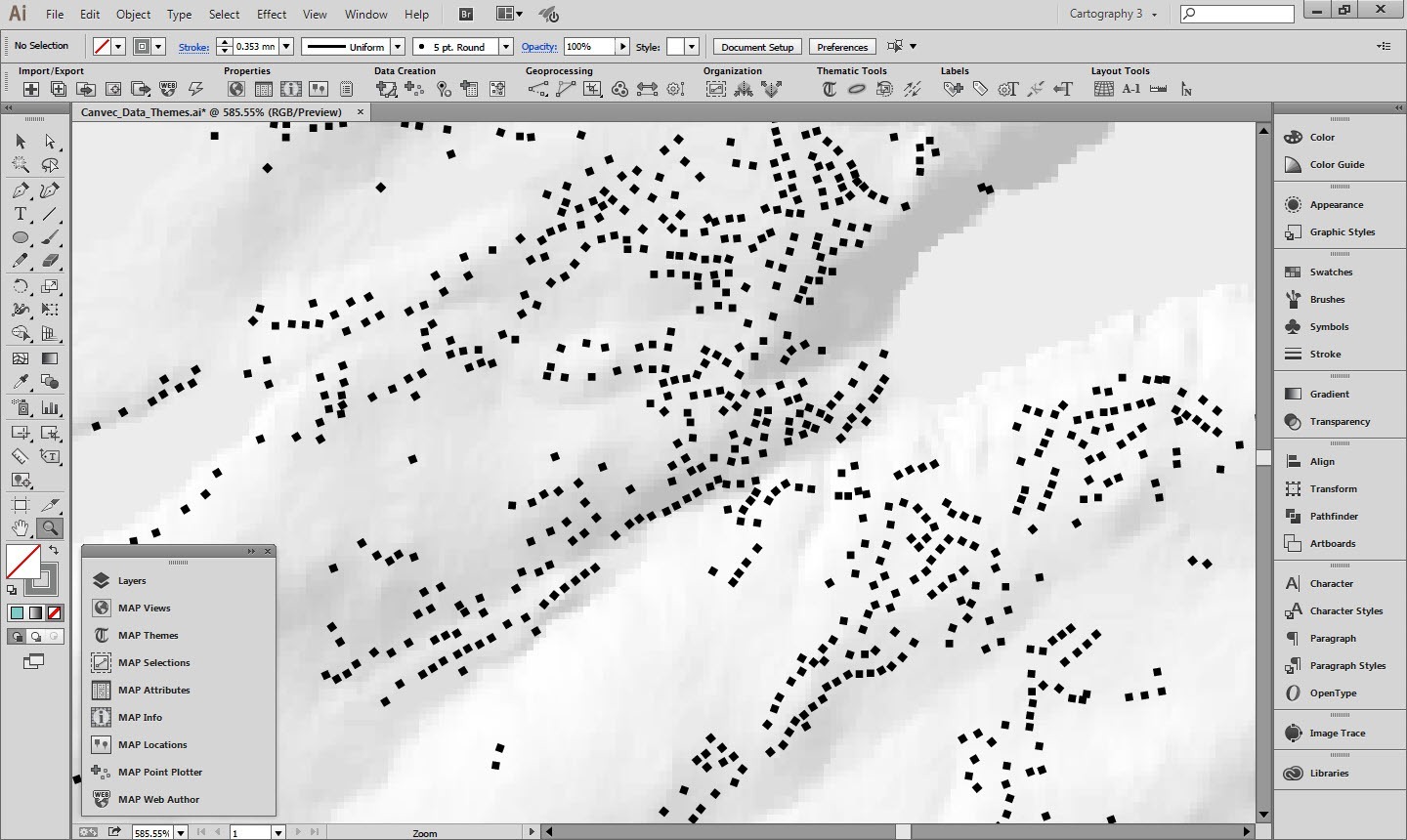

- Mapublisher number how to#
- Mapublisher number full#
- Mapublisher number code#
- Mapublisher number Offline#
These two request types are the only ones you need to achieve all the functionality described in this tutorial. You'll find that you use the first two almost exclusively. The WMS specification defines three request types: GetCapabilities, GetMap, and GetFeatureInfo. There's a link to a WMS FAQ on that page, too.Ī WMS request is an HTTP-GET message sent to a WMS server. It contains information essential to using WMS, and it's free! A WMS discussion list exists at /mailman/listinfo/wms-dev. Give it a look when you're done reading this article. As standards go, the WMS standard is not hard to read, and it's blessedly short.

The next version, 1.3, (version number 1.2 was skipped) is in development as of April 2004.
Mapublisher number full#
The full WMS specification is available at The most commonly implemented version is version 1.1.1, but there are still some servers stuck at version 1.0. Data providers and application developers are increasingly adopting WMS. WMS is a web protocol created by the OpenGIS Consortium as a standard way to request and deliver geographic maps and associated information over the web.
Mapublisher number code#
This article gives an overview of WMS, and it presents C# code to retrieve maps and perform other operations necessary when working with WMS servers and information. There are additional parameters possible, but the ones above are the required ones.
Mapublisher number how to#
#Mapublisher wms url how toĮach element of the URI is a defined parameter of the WMS protocol: The base path of the URI identifies the WMS server the query sting specifies the desired maps and how to represent them. The URI you just followed is an example of a Web Mapping Service (WMS) GetMap request. The map you saw in your browser should have looked something like this, which shows the world's maximum temperatures on April 23, 2004: Come back here afterwards to learn how it works.Įditor Note - Spaces inserted into URL to avoid horizontal scrolling For example, follow the link below to retrieve a world map of today's highest temperatures. IntroductionĪn amazing number of free, interesting, and just plain beautiful geographic maps are available on the web, and they can be easily retrieved programmatically using the Web Mapping Service protocol developed by the OpenGIS consortium ( ). Several utility classes for accessing WMS servers and information are provided and described. The tutorial provides C# examples of progressively increasing complexity to illustrate use of the protocol and programmatic access from Windows. This tutorial introduces the Web Mapping Service (WMS) protocol standardized by the OpenGIS Consortium for retrieving geographic maps over the internet. Download WMS Overview solution with source - 312 Kb.In Adobe Illustrator, the artboard is the area defined for your vector work, which can be edited with the Artboard Tool.Īttribute data is information about spatial features and is stored in tables.Download WMS Overview example binaries - 55 Kb.
Mapublisher number Offline#
MAPublisher supports the following attribute data types: Boolean, Integer, Double, String, Image.Īvenza Maps is a mobile map application that allows users to download maps for offline use on iOS, Android, and Windows smartphones and tablets. The Avenza Map Store is an in-app map store that contains almost one million maps for sale from map publishers, mapping organizations, and cartographers from around the world. Smooth curves that can be scaled indefinitely, often defined by a start and end point, but can also be a combination of linked paths that can be modified.Ī buffer is a measure of distance outward from an object. The result is a polygon layer representing the proximity from the object.Ĭartesian coordinates specify the location of a point in a 2D plane or 3D space. For a 2D plane, two perpendicular axes that cross at a central point called the origin. Coordinates are found on the east/west (x axis) and north/south (y axis) displacements from the origin.


 0 kommentar(er)
0 kommentar(er)
